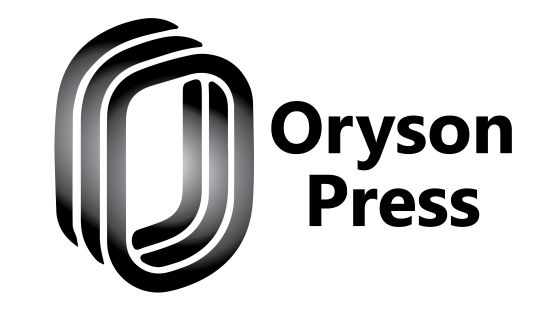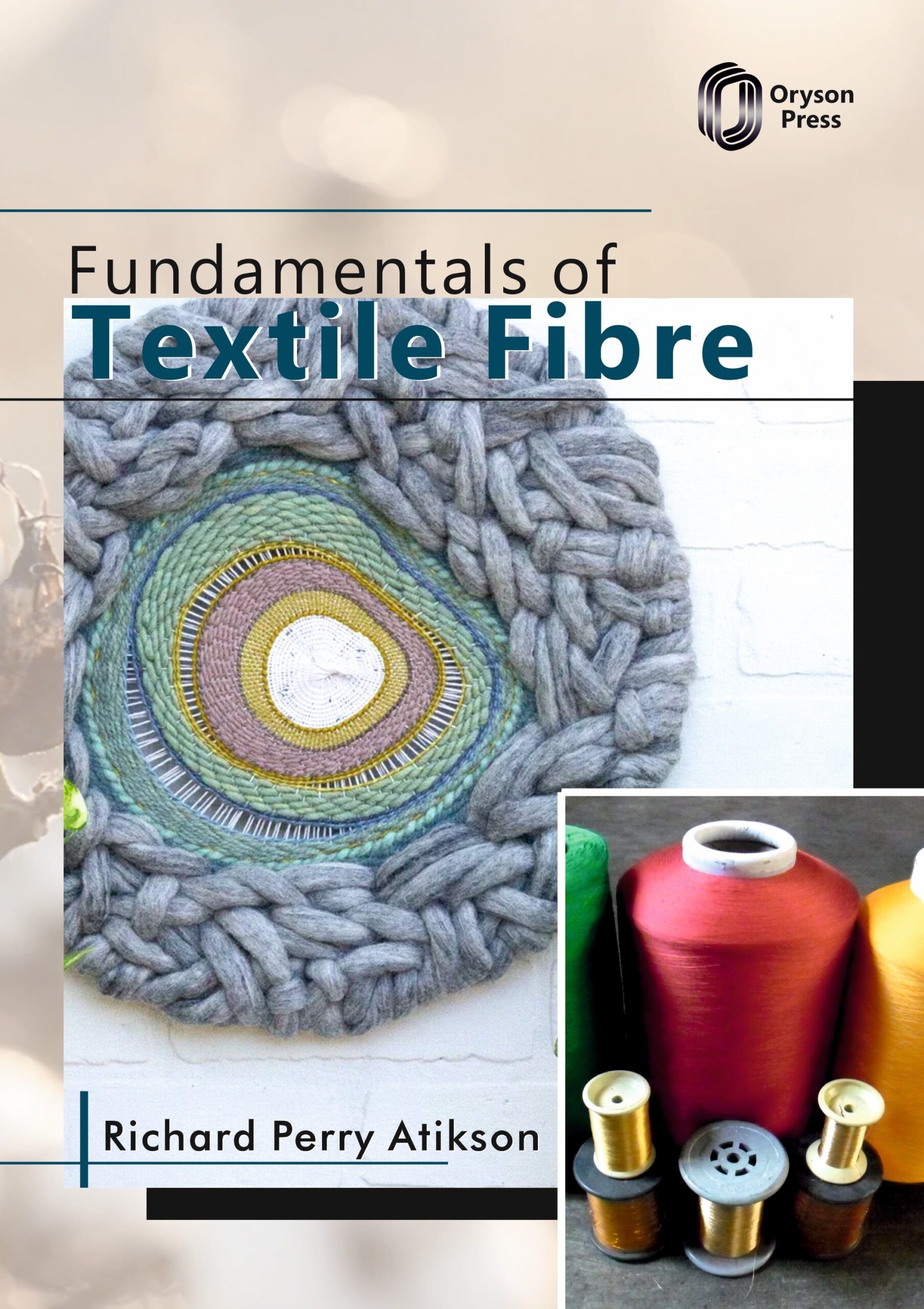Fundamentals Of Textile Fibre
Richard Perry Atikson
$139.99
ISBN:9798887154039
Pages:300
Binding: Hardcover
Language: English
Description
Textile fibers have been used to make cloth for several thousand years. First manufactured fiber was produced commercially on 1885 and was produced from fibers of plants and animals. Wool, flax, cotton and silk were commonly used textile fibers. Textile fibers are characterized by the flexibility, fineness and large length in relation to the maximum transverse dimension.
Morphology or physical structure of textile fiber includes the study of the size, shape and structure of textile fiber, by observing the fiber using a microscope and the relationship between these properties. Fiber’s morphology influences fabric characteristics and performance and the process that will be used in producing a finished fabric.
Textile fiber has some characteristics which differ between non-textile fiber. Textile fiber can be spun into a yarn or made into a fabric by various methods including weaving, knitting, braiding, felting, and twisting. The essential requirements for fibers to be spun into yarn include a length of at least 5 millimeters, flexibility, cohesiveness, and sufficient strength. Other important properties include elasticity, fineness, uniformity, durability, and luster.
This book dwells deep into the world of textiles and their uses. The science behind the craft is explored and various ideas on how to better existing methodologies are discussed.









